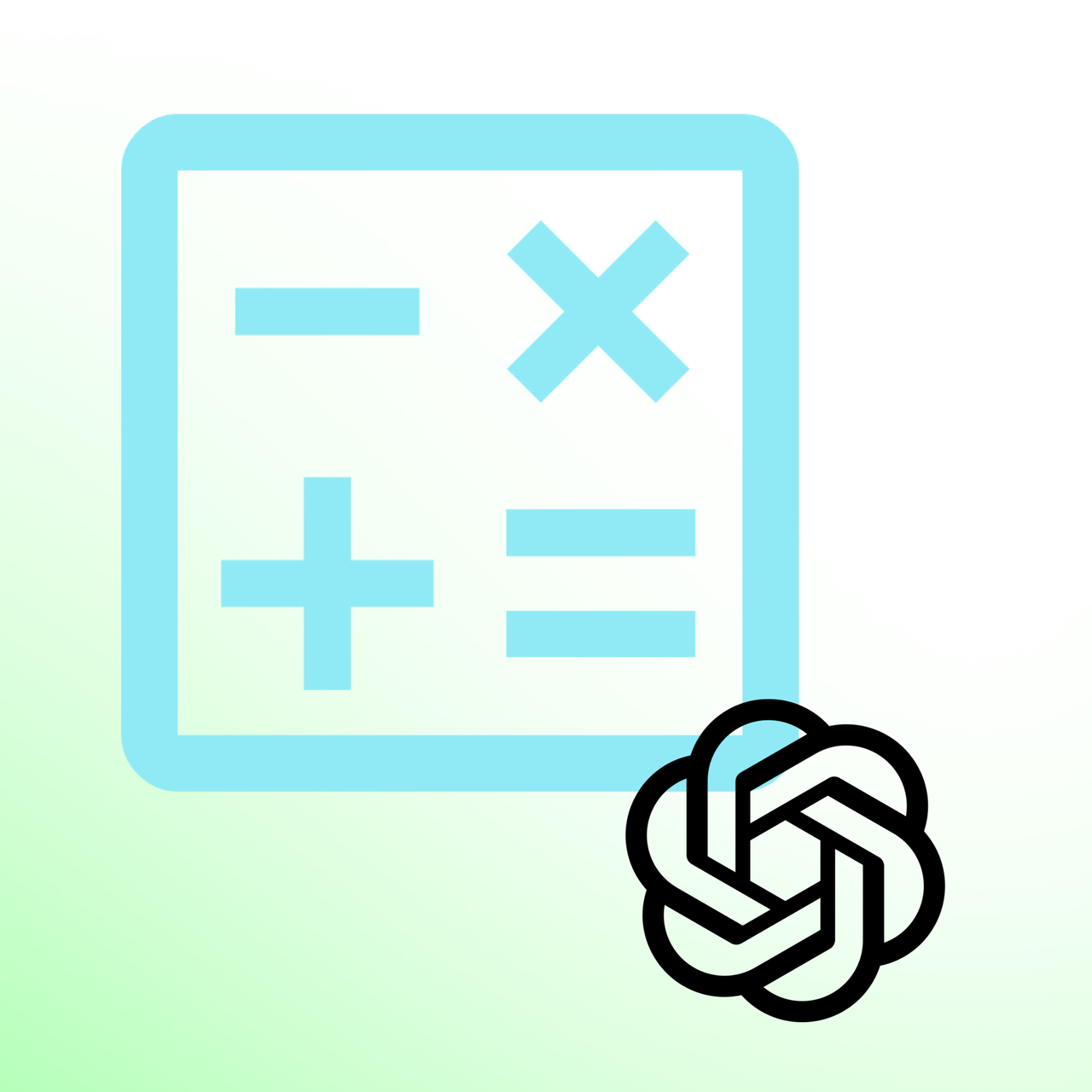.png)

DeepSeek-R1 Pricing Calculator








What is the DeepSeek-V3 Pricing Calculator?
As LiveChatAI's content marketing specialist, I've seen first-hand how confusing AI pricing can be. That’s why I’m genuinely excited to share something that’s made a real difference: the DeepSeek-R1 Pricing Calculator. It’s a free, straightforward tool we’ve created at LiveChatAI to take the guesswork out of things.
Our tool lets you accurately estimate your API costs for DeepSeek-R1, based on how many tokens, words, or characters you use. If you’re juggling multiple models, like GPT-4o, Claude, or Gemini, this calculator also lets you compare DeepSeek-R1 pricing with other models -all in one place.
How DeepSeek-R1 Pricing Calculator Works?
The DeepSeek-R1 Pricing Calculator helps you estimate your API usage costs by calculating based on the amount of text you process and the number of API calls you make.
It works by taking three key inputs:
- Input Tokens / Words / Characters – How much text you send to the model.
- Output Tokens / Words / Characters – How much text the model generates in response.
- API Calls – How many requests you plan to send to the API.
You can calculate costs in three ways:
- Tokens: The most accurate method since AI pricing is based on tokens.
- Words: Helpful if you know the word count of your content (approx. 1 word ≈ 1.33 tokens).
- Characters: Ideal for short text, with around 4 characters ≈ 1 token.
From my personal experience, tokens offer the most precise cost estimate since most AI models charge by token. However, if you’re more comfortable thinking in terms of words or characters, the calculator converts those numbers to tokens automatically.
How to Use DeepSeek-R1 Pricing Calculator?
Step 1: Choose How You Want to Calculate
Select one of these options based on what you have:

- Tokens (best if you know the exact token count).
- Words (great if you know the word count of your text).
- Characters (useful for very short text or exact character limits).
Tip: If you’re not sure, Tokens is the most accurate option for API costs.
Step 2: Enter Your Numbers
Fill in these three fields:
- Input Tokens / Words / Characters – The size of your prompt or question.
- Output Tokens / Words / Characters – The size of the AI's response.
- API Calls – How many times you expect to send a request.
Here is an example for you;

Step 3: Instantly See the Total Cost
As soon as you enter your numbers, the calculator will:
- Apply DeepSeek-R1’s real-time pricing.
- Show you the total estimated cost.
- Compare it with other models in the table above (like GPT-4o, Claude, Gemini, etc.).
Tips for Using the DeepSeek-R1 Pricing Calculator
- Understand Tokenization
Even if you use words or characters, your final billing depends on tokens -so a rough conversion is always happening behind the scenes. - Check Context Limits
DeepSeek-R1 supports up to 128K input tokens and 8K output tokens. Pushing these limits might affect your total cost more than you think. - Compare Different Models
If you’re on the fence, the calculator shows how DeepSeek-R1 stacks up against GPT-4o, Claude, Gemini, and more. - Plan Ahead
Prices and model capabilities change over time. I’ve personally set monthly reminders to update my calculations and stay on top of cost changes.
⭐From my experience; Automate your calculations. If you have a large-scale operation, integrate the calculator’s logic into your internal dashboards for real-time updates.
Where to Use the DeepSeek-R1 Pricing Calculator?
The DeepSeek-R1 Pricing Calculator is helpful for anyone who needs to estimate costs before using AI for text processing. Common use cases include:
- Chatbots: Calculating the cost of handling multiple customer conversations at scale. You can also check how to train your AI chatbot with your own data.
- Content Generation: Estimating expenses for creating articles, emails, product descriptions, and other written content.
- Customer Support: Planning the cost of automated replies and ticket management through AI.
- Data Processing: Understanding costs for analyzing large amounts of text, like reviews or survey results.
- Virtual Assistants: Forecasting the cost of tasks like summarizing chats, drafting messages, or answering user questions.
Here are a few more free tools & resources I think you’ll find helpful:















































